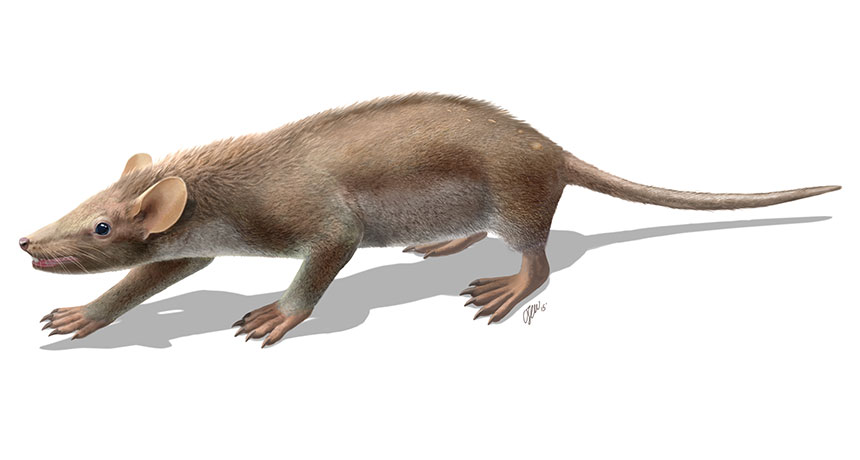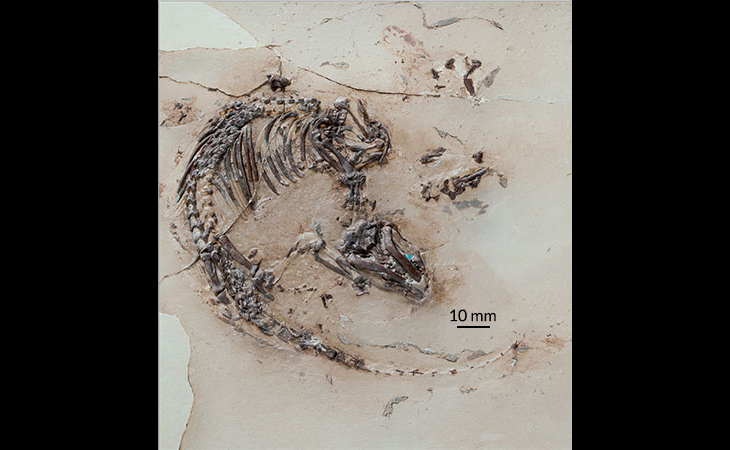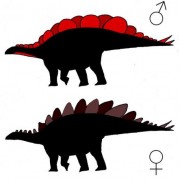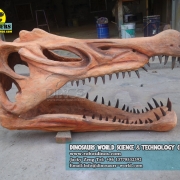Furry, spiky mammal scampered among dinosaurs

MESOZOIC MAMMAL Spinolestes xenarthrosus lived 125 million years ago, weighed about as much as a possum and probably looked like small mammals do today.
When scales were all the rage, one early mammal sported fur and spines.
Unearthed in central Spain, a skeleton of the newly discovered small mammal, christened Spinolestes xenarthrosus, dates to 125 million years ago, paleontologist Thomas Martin of the University of Bonn in Germany and colleagues report in the Oct. 15 Nature. At the time, dinosaurs dominated the landscape.
All in all, S. xenarthrosus resembled a pretty ordinary mammal. Spikes like a hedgehog’s lined its back and provided protection from predators. The hand bones of the 24-centimeter-long mammal appear optimized for digging for insects.
This particular early Cretaceous fur ball met its end in a prehistoric swamp that preserved some skin, hair, spines and even organs — parts of an ear, lungs and liver. These samples represent the earliest well-preserved mammal hair and soft tissue, having outlasted the next in line by about 60 million years. The ancient specimen suggests that features like underbelly fur and spines appeared early in mammal evolution.











Leave a Reply
Want to join the discussion?Feel free to contribute!